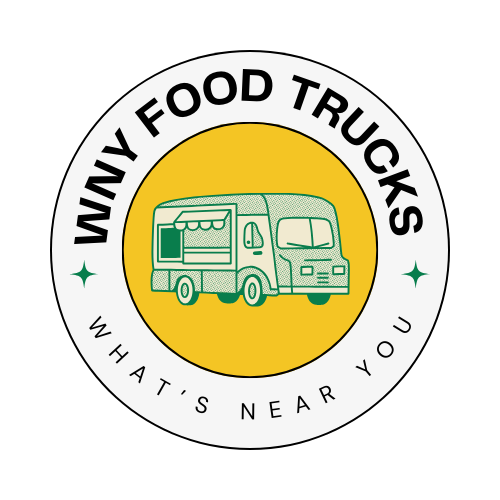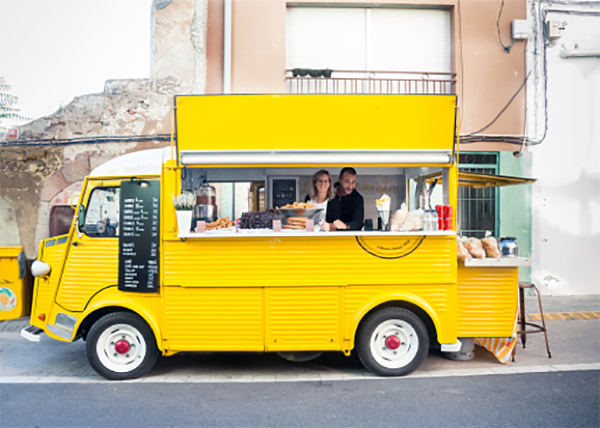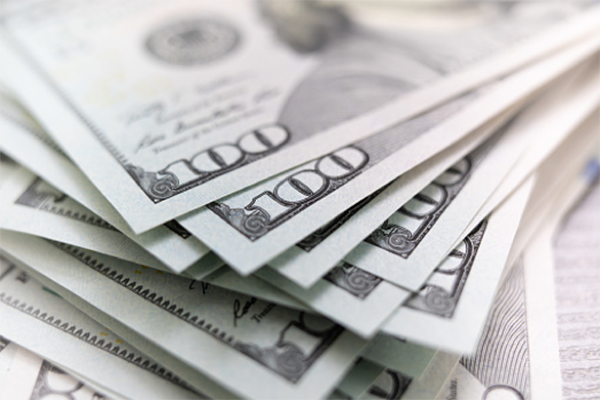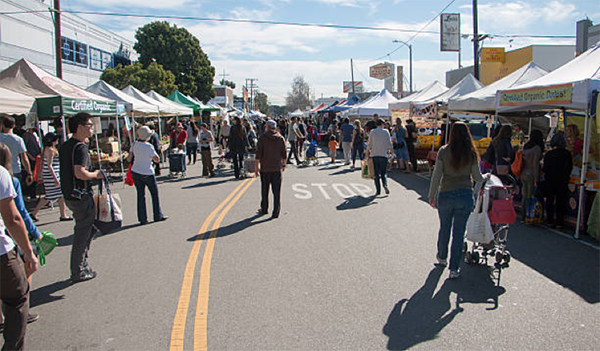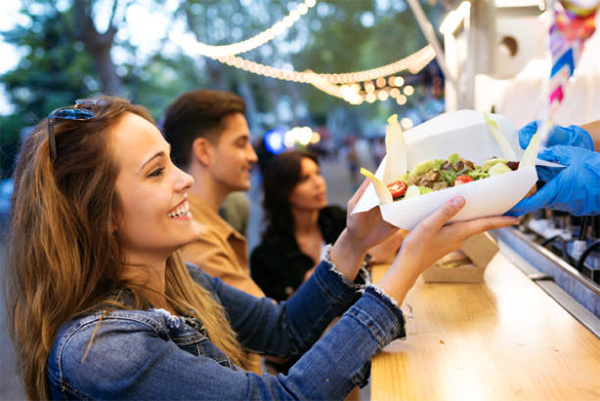“This will be fun!”
“I love to cook!”
“Everyone is going to love my food!”
“I’ll make a ton of money selling my food!”
Those are just some of the reasons people give when asked why they want to start a food truck.
What about you? Why do you want to start a food truck business?
Regardless of what your reasons may be, there are lots of things to consider before starting a food truck business.
If you’re just thinking about starting your food truck business, the list of what you need to know could include hundreds of things, but this article will just touch upon some high points.
Let’s get started…
What Does It Cost to Buy a Food Truck?
The price for a food truck will vary greatly, depending on whether you are buying a brand-new truck, used, or even leasing one.
You can expect to pay anywhere from $50,000 to $250,000 once you factor in the cost of the food, equipment, customization, logo, graphics, and so on.
Many existing food truck businesses say their initial startup costs were between $70,000 and $130,000, giving you a much tighter range to consider.
This means that unless you’re a venture capitalist, you’re probably going to have to apply for financing.
How Much Money Can a Food Truck Make?
The answer to this question will vary greatly depending on where you intend to start your business.
Other factors that determine your profits include:
- Labor costs
- Food costs
- Food waste
- Weather (Fewer people are going to show up if it’s raining)
To once give you a range, current estimates claim that a popular food truck in a major metropolitan area can generate $20,000-$50,000 in gross sales each month.,
Clearly, there is money to made in food trucks.
What Other Factors Should I Consider?
When planning your food truck business, there are lots of other things to think about before jumping right in.
Here’s just a few:
- Have your menu planned out. This will let you determine what equipment you’ll need to prepare your food each day.
Knowing what equipment, you’ll need helps determine your start-up costs.
- When mapping out your daily sales, calculate how many of each item you can realistically make.
For instance, let’s look at an example. Bear in mind I’m just using these numbers to keep the math simple to illustrate my point.
if you want to make $10,000 a day in sales and you’re selling hot dogs for $1.00 each, can you expect not only to sell that many hot dogs but also be able to cook and prepare 10,000 hot dogs in a day?
If not, you’re going to need to adjust your daily sales goals, or your cost per item, or both.
- What about parking? Where are you going to park your food truck when it’s time for business?
Let’s say you calculate you need to be opened for eight hours a day top meet your sales goals. You’ve found the ideal location, one with thousands of potential daily customers. But here’s a problem: Maybe you’re only allowed to be at that location for four hours a day. That’s going to greatly affect your numbers.
What Can I Do to Reduce My Start-Up Costs?
There are several; things you can do to reduce costs when launching your new business. Here’s just a few ideas:
- Start with a portable gazebo. Also sometimes called a ‘food stall,’ this is a great way to get into the business without many of the startup costs associated with a food truck.
- Lease your equipment
- Buy used equipment
- Launch your business with menu items that are low cost
- Sign up for a zero percent interest credit card. This allows you to get started with your business without racking up huge interest fees.
When using this strategy, you’ll need to have realistic goals of what you’ll be earning once your business launches.
While a zero-percent interest credit card is a fast and easy way to get working capital, you’ll have to look carefully at the fine print.
Find out when the zero-percent interest window ends and what the interest will be after that date.
Also, remember that if there is an unpaid balance after the zero-percent grace period, interest charges kick in and accumulate from the starting date.
This means if you buy something on day one and your grace period ends after a year, the interest on anything unpaid from day one racks up credit going all the way back to the initial purchase date!
What Kinds of Foods Sell Best in a Food Truck?
If you’re going to make a tidy profit with your food truck, you’ll need to offer the right menu items.
To get an idea of the most popular foods for food trucks, think finger foods., Deep fried foods., Food you’d get at a fair or a festival.
Here are a few ideas to get you started.
- Burgers – You can’t go wrong with a big ‘ol hamburger!
- Hot Dogs – Going hand in hand with burgers, a good hot dog is always a popular food truck item
- Loaded Fries – Another favorite from fairs and festivals, loaded fries can be lathered in cheese, chili sauce, and other gooey tastiness.
- Pizza – Always a popular choice, pizza sells well in food trucks, especially stone baked!
- Funnel Cakes – again, think fairs or festivals
More to Come
This list is certainly not intended to have everything in it you’ll need to profit with your food truck. But it should get you thinking in the right direction.
Since there is so many subtopics to cover with profiting with a food truck, I’ll be expanding on this topic with additional articles.
If you’re just starting to explore the idea of starting a food truck of your own, I invite you to check out our directory. You’ll see many great businesses that can serve as inspiration to your own new venture. As always, thanks for reading.
